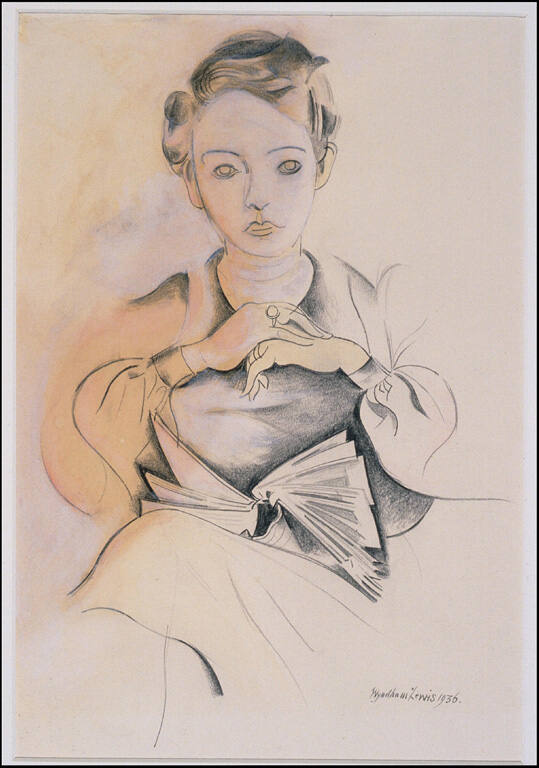
Object Details
Artist
Henri Matisse
Date
1941
Medium
Ink on paper
Dimensions
Image: 15 1/2 × 20 1/16 inches (39.4 × 51 cm)
Sheet: 16 × 20 7/8 inches (40.6 × 53 cm)
Frame: 23 3/16 × 29 3/16 × 1 1/2 inches (58.9 × 74.1 × 3.8 cm)
Credit Line
Gift of Bruce Allyn Eissner, Class of 1965, and Judith Pick Eissner
Object
Number
81.113
Convalescing in his apartment at the Hôtel Régina near Nice after an operation to remove a tumor f(…)
Convalescing in his apartment at the Hôtel Régina near Nice after an operation to remove a tumor from his intestine, Matisse turned to a series of 158 drawings, called Themes and Variations, which resulted in a book, published in 1942. In April of that year, he wrote to his daughter, Marguerite Duthuit: “For a year I have made a very considerable effort, one of the most important of my life. I have perfected my drawing and made surprising progress, like ease and sensibility liberally expressed, with a great variety of sensation and a minimum of means. It’s like a flowering. And it’s one of the things for which I wanted to continue living.” Matisse’s method was unusual: his initial drawing, or theme, was done in charcoal directly from a model or still life , looking intently at the forms and placement, burning the image into his memory. For the subsequent images (the variations) he turned away from the motif and drew improvisations completely from his recollection of the original. These drawings are each infused with a compelling rhythm and lightness quite removed from the studied aspect of the heavier charcoal. And within each variation, each composition is playfully maneuvered and manipulated creating distinctly fresh images with the simplicity of the inked line. In our work, the model’s languorous sensuality is accentuated where the line thickens on the shoulder, neck, hair, and right thigh. (“FIGURE/STUDY: Drawings from the Herbert F. Johnson Museum of Art,” text by Nancy E. Green and presented at Carlton Hobbs, LLC January 25-February 2, 2019)












